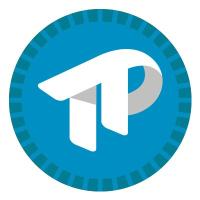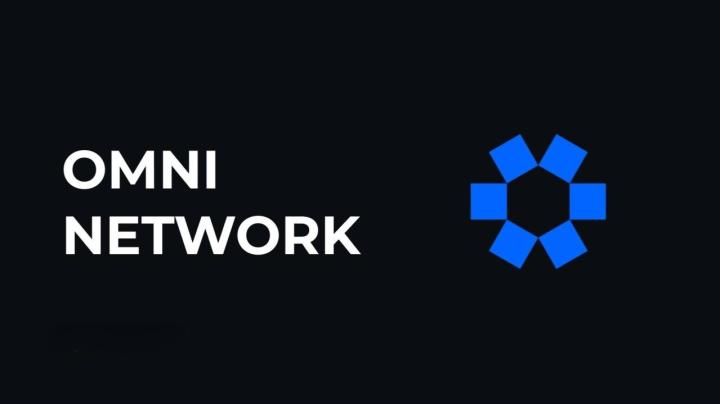The competition between Ripple (XRP) and the Society for Worldwide Interbank Financial Telecommunication (SWIFT) over technological and trust superiority has reignited. Tom Jarchak, SWIFT's Chief Innovation Officer, recently publicly criticized Ripple, stating, "Survival of litigation does not mean resilience." He emphasized that legal viability alone does not meet the requirements of core financial infrastructure, and that what banks want above all else is a "secure, rules-based system."
Zashak then refuted Ripple's claim of decentralization of the XRP Ledger, stating, "SWIFT is a neutral structure where over 10,000 banks jointly control and set the rules." He added, "Even if we acknowledge that XRP is an open blockchain, the lack of trust in the network's controllability remains a risk factor for banks."
He argued that simply meeting regulatory standards is not enough, and instead a "complete compliance framework" combining security, enforceability, and privacy protections is needed. For this reason, SWIFT maintains its position of selectively adopting blockchain technology, not Ripple. While it may embrace some blockchain features, such as transaction speed, transparency, and process automation, it sees no reason to embrace cryptocurrency companies entirely.
Meanwhile, Bitcoin (BTC) has lost its 50-day exponential moving average (EMA), a key technical support level, and is now in a downtrend. Following a recent collapse below $119,000 (approximately KRW 165.41 million), the $104,000 (approximately KRW 144.56 million) level is currently seen as the last line of defense. Some analysts predict that if BTC falls below this level, further declines are inevitable.
Technical indicators are also negative. The Relative Strength Index (RSI) shows no signs of a reversal, and trading volume remains predominantly sell-side. Experts warn that "in the current bearish structure, even small price pressures can trigger significant declines," warning that buyers hoping for a recovery may face continued pain for the time being.
Meanwhile, XRP experienced its strongest network-based surge since 2025. On September 1st, single-day payment volume surged by 100% compared to the norm, moving over 2.15 billion XRP. This figure significantly exceeds the average limit, suggesting a resurgence of real-world demand for the XRP payment network.
The XRP price also rebounded, testing the $2.70 (approximately 3,753 won) level before recovering above $2.80 (approximately 3,892 won). Industry insiders are divided on whether this surge stems from large-scale institutional transfers or an increase in actual payment usage. However, the consensus is that "the potential for a turnaround based on actual usage rather than speculation" is significant.
Going forward, XRP is expected to face major resistance levels at $2.95 (approximately 4,101 won) and $3.10 (approximately 4,309 won). However, if this upward trend fails to hold and the price falls below $2.70, a correction toward $2.50 (approximately 3,476 won) cannot be ruled out. This is a critical juncture, as the medium- to long-term trend of XRP will be determined by whether actual usage expands.
Get real-time news... Go to TokenPost Telegram
Copyright © TokenPost. Unauthorized reproduction and redistribution prohibited.






